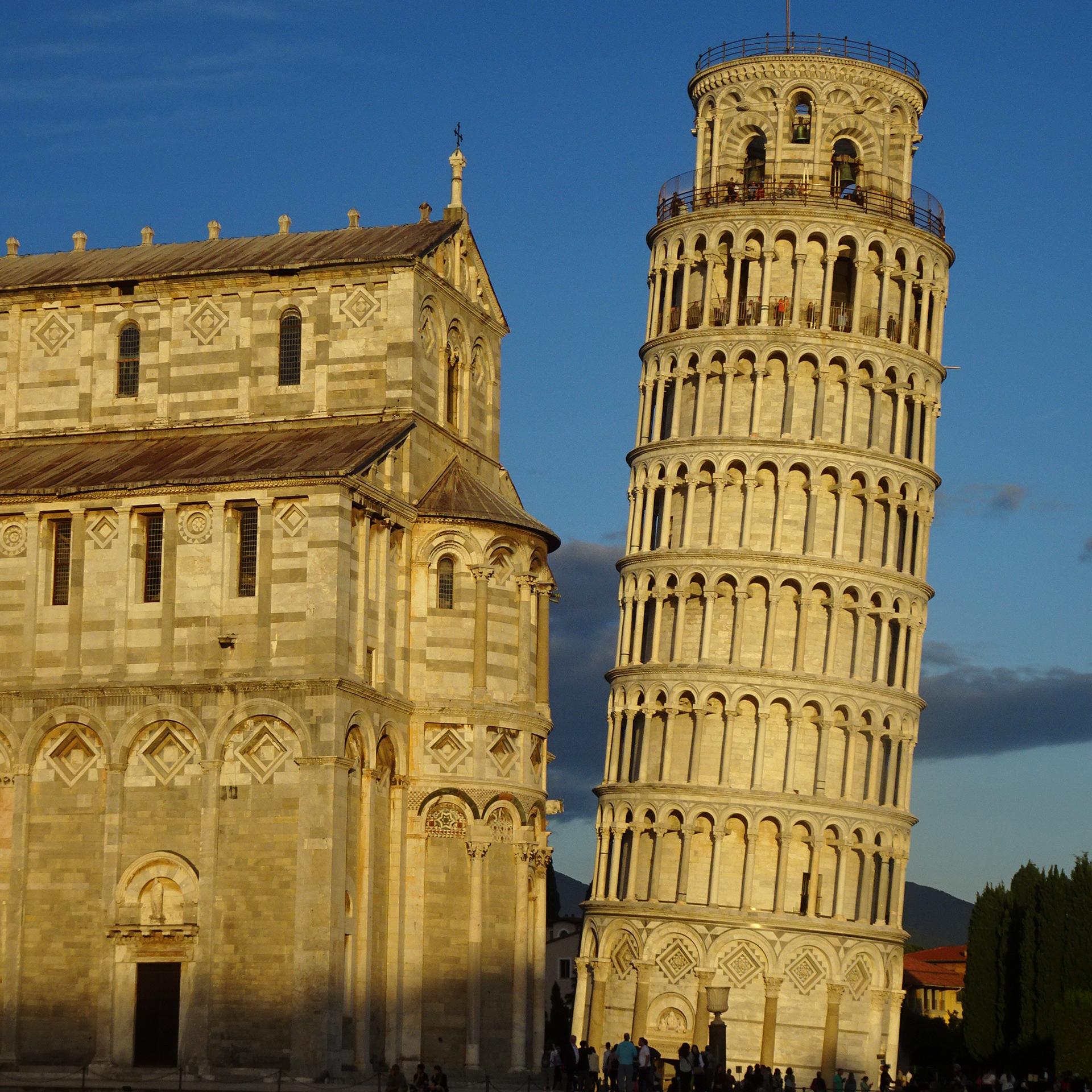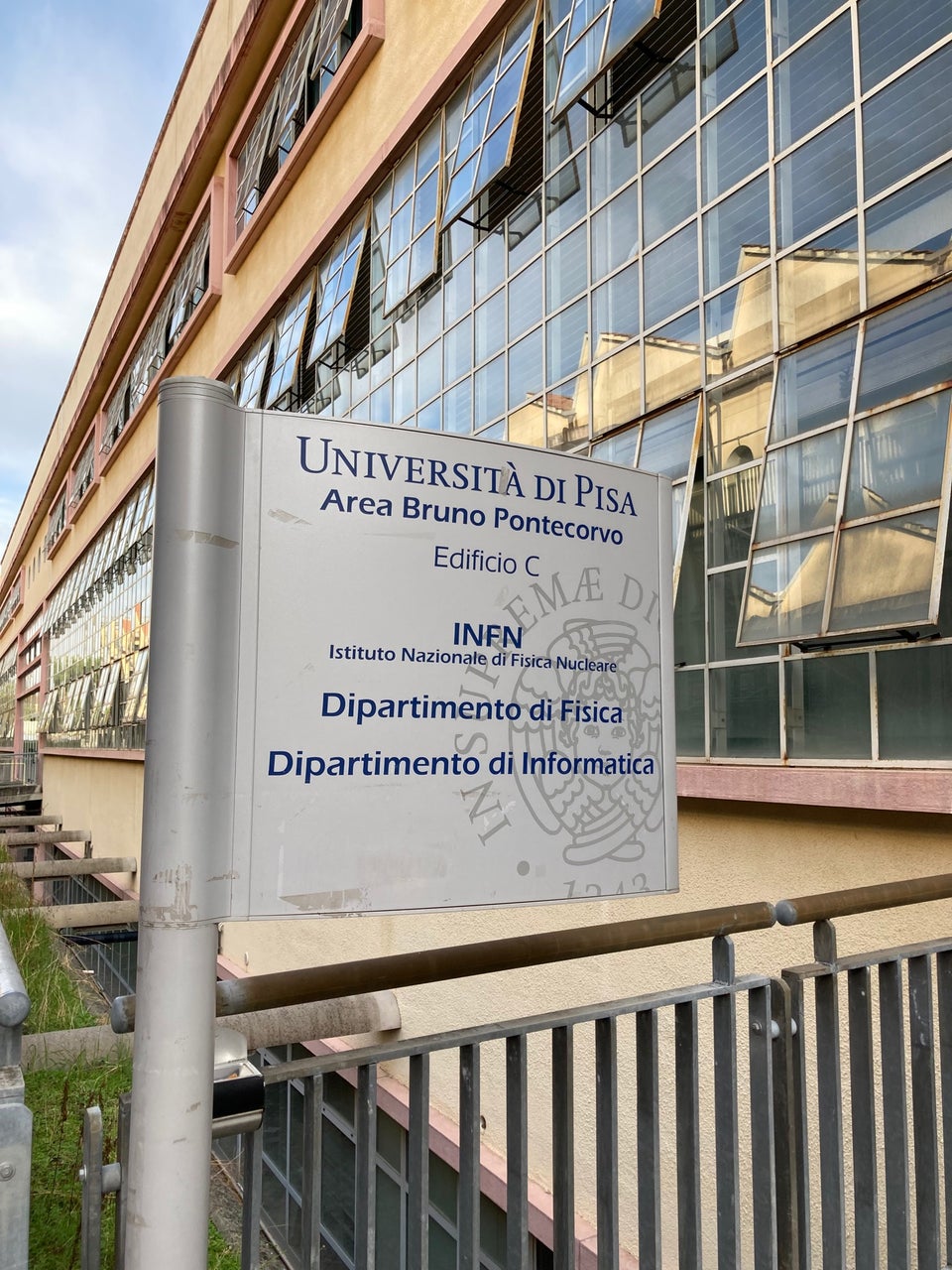Pisa in October: a TNA visit on data, ethics and AI
It is two weeks since I returned from Italy on a visit to Università di Pisa supported by the SoBigData++ Transnational Access Program. I am now gazing out of the window into the Welsh mist and drizzle. While everyone there told me how unusually poor the weather was in Italy this October, including the occasional torrential downpour; it was still more like a typical UK summer!
However, it is not really the Pisa weather that I am thinking about, but the people. While I know some from many years back, others I’d met only briefly at a previous two day visit in June. The warmth of the welcome from everyone was wonderful, and the depth and breadth of discussions meant that I was struggling to make sufficient notes as we planned future paths of research as well as sharing the occasional pizza.
The transnational flow of ideas is not limited to academia, and I learnt that the traditional Tuscan pizza is quite thin, more like a Roman pizza, but now the majority are thicker, Naples-style. This change was not through internal movement within Italy, but through Italian migrants from Naples to the US and then re-imported. In a world where borders and differences are being defined ever more sharply, this simple story of cross-continental cuisine is surely a powerful parable.
Indeed, my visit from Cardiff to Pisa was punctuated by interactions further afield: a virtual keynote at Fusion 2024 in Kuala Lumpur and a two day meeting in Paris, not to mention the frequent Teams and Zoom meetings across the world that are the life of the modern academic. Furthermore as well as those in Università di Pisa, I was able to spend time with researchers at CNR Pisa, including giving a seminar there, and Scuola Normale Superiore Pisa; and also, at the end of my visit, spend a few days at La Sapienza University in Rome.
Central to all of these visits and discussions were issues of the way data and computation, in particular AI, can be made more accessible and usable by professionals and ordinary people, not just technological experts. For me this builds on a life’s work in the field of human–computer interaction, basically studying anything about the way people work with digital technology, from internal software design to the psychological, social, political and philosophical implications as computation permeates day-to-day life.
In particular, some of the work connected back to my own writing in the early 1990s about privacy and the potential danger of gender and ethnic, social bias in black-box machine learning; probably the first such warning about the latter. Now, more than thirty years on, these threats have become more pressing.
With colleagues at Pisa, we discussed some of the ways in which AI could be made more explainable, enabling people to interrogate why systems make decisions, one of the guards against certain forms of bias, and also the potential for AI to ‘answer back’, critiquing our own reasoning, and unearthing some of our prejudices as well as enabling us to make overall better decisions. However, other work at Pisa has shown that these explanations can themselves be used to leak potentially confidential information; one the ethical conflicts: some technical, some more fundamental, that emerge as we use and study data use. Crucially, we cannot delegate to rules and algorithms and hope that this will in some way find magical solutions to everything – ethical choices are human choices, whether embodied in code or the ballot box.

Photo Fiona Dix 2024
Returning from the more esoteric domain of data to the experiences of the visitor in the city of Pisa. For most tourists, and indeed anyone thinking of the city, the quintessential feature is not the ivory towers of academia (albeit old), but the Learning Tower. When I first visited Pisa in the mid 1990s, the engineering programme to straighten the Tower (albeit not too much!) was underway, with massive blocks around its base and cables to its top. While in Pisa I read “The Girl with Emerald Eyes”, a novel set at the time the construction of the tower began. At that stage, they already understood that the nature of the ground meant that massive foundations were needed to prevent sinkage, and yet still, with the state-of-the art building knowledge of the time, the Tower began to lean early in its construction. A warning of the hubris of technological utopianism and a recapitulation of sorts of Babel itself.
However, this flaw, this gap in knowledge, this limit of engineering prowess is precisely why it is an international cultural icon today. If it had been perfect and upright, it would be a beautiful tower, a magnificent edifice, but the Piazza dei Miracoli would not be filled with tourists, hands in the air, creating pre-generative-AI photomontage. Furthermore if the Tower were not leaning, Galileo, the poster-child of Renaissance Italian academia, would not have been able to perform his famous gravitational experiment dropping cannonballs from its top.
Made perfect in weakness – a good thought to take home from Pisa, and to remember as we tackle 21st century technology.

